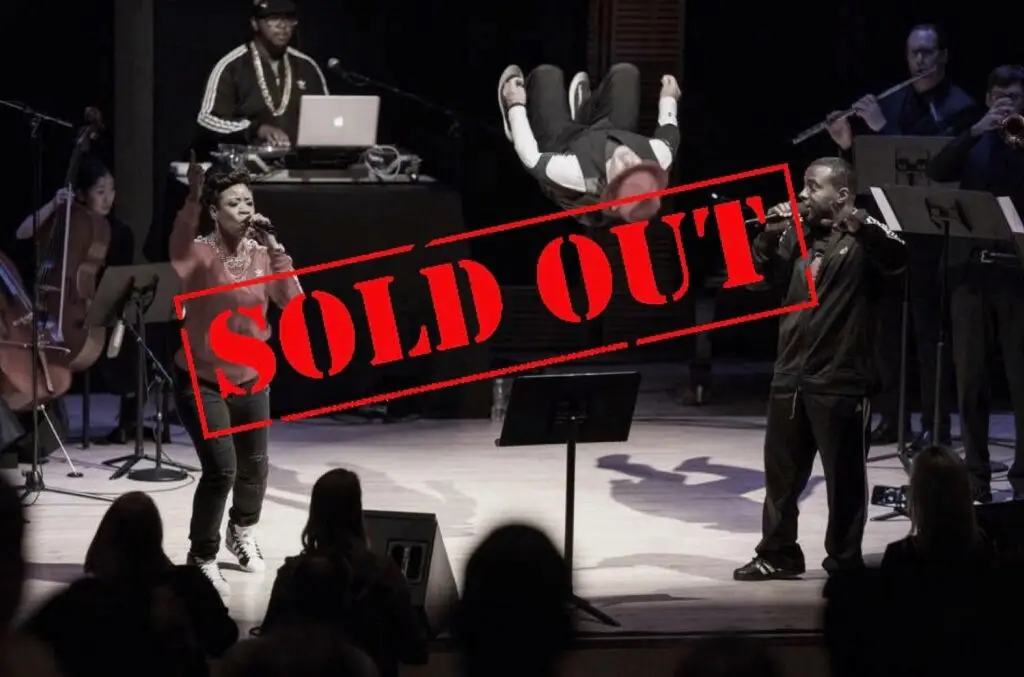One of the biggest challenges in organizing an event occurs during the very first phase – the planning phase. Even organizing a small and seemingly fairly straightforward event can turn out to be a complicated task, with a plethora of details and adjustments that we need to pay attention to.
If this is your first time planning an event, chances are you don’t know where to start, which is quite normal. Don’t worry: you’ve come to the right place!
In this ultimate guide to holiday event planning, we’ll take a step-by-step tour of everything you need to know about planning, organizing, and implementing an event. Our advice will allow you to create successful events and expand your audience.
Without further ado, let’s take the first step!
Step 1: Define goals with the SMART method
The first step to take when planning your event will be to take the time to define your objectives to put in place a strategy that is going in the right direction.
Identifying and knowing with precision its objectives will guide you in the organization and development of your events while maximizing your chances of achieving your ambitions.
First, define the main objective of your event.
Here are a few examples:
- The launch of a new product
- Increase your brand awareness
- Speed up the sale of your products and services during the event
- Introduce your customers and prospects to new features/functionalities
Whatever your goal, it’s possible! Note that even if it is possible to combine several objectives, it is preferable to concentrate on one or two primary purposes.
Then plan more specific SMART goals that relate to your main goal.
Feedback on the method, meaning SMART:
- Specific: Define your goals as clearly as possible. The more precise you are, the more relevant and effective the strategy deployed will be
- Measurable: you must be able to assign performance indicators that will allow you to monitor and evaluate your progress towards achieving this goal.
- Achievable: that is, realistic enough to be achieved within the desired timeframe. Essential to maintaining the morale of your team!
- Time-bound: Set an ambitious and realistic timeframe for each goal.
Step 2: Creation of the preliminary design: the preliminary plan
You will now start creating your action plan following the objectives you have just defined.
This preliminary plan will include the key elements that will guide you in achieving the objectives defined above. Keep in mind that this is a “draft,” and nothing is set in stone, the idea to always be able to make changes along the way.
Here are the items to include in priority:
Calendar: If you already have a scheduled date, include it in your draft. If not, you can set an approximate timeline for the event (example: next September)
Location: whether it is a virtual or face-to-face event. Will the event be centralized or spread over several locations if it is a physical event? If necessary, create a shortlist of places where your event could occur.
Participant Details: The number of attendees at your event will determine the size and type of venue you will need. Indeed, whether you expect around 300 people, or more than 5000, you need to orient your choice accordingly to welcome your audience in good conditions.
Event Type: You need to adjust the event type to be the most appropriate to achieve your goals.
Here are some examples of the different types of events to choose from:
- Conferences
- Workshops/courses
- Trade fairs and exhibitions
- Competitions
- Festivals
- Networking session
Based on this preliminary plan, you will also have to estimate the required budget and validate it internally by your management if necessary. Then, it will be time to start planning the sponsors, the exhibitors, and all the speakers.
Step 3: Set the place and date.
Before going any further in planning your event, or even before putting together your team, it is best to agree on the latter’s place and date.
In the case of a physical event, consider the venue options as soon as possible! Finding the perfect fit in terms of availability, dates, and times can sometimes prove to be a real challenge.
Many variables depend on where the event will be held, such as accommodation, catering, layout, organization of participants’ travel, routing, etc.
As soon as you have agreed on a place and a date, you can move forward, more serenely, on implementing other elements of the event.
Depending on your location, we also advise you to take seasonal factors into accounts, such as travel and accommodation costs which can vary from one to three in certain tourist places, or even climatic constraints depending on the region.
Study your options carefully, and ask as many questions as you need before you book.
Step 4: Assemble your team.
If the event you are organizing does not require forming a team, you can go directly to the next step.
If, on the other hand, the event you are organizing is going to be significant, you will need a team dedicated to the project to help you plan and punctuate all the highlights of the event.
The secret to building a successful team is to assign the right roles to the right people, knowing that it is best to designate everyone’s responsibilities as early as possible. To do this, you will need to start by appointing a project manager (if not yourself) responsible for overseeing the entire organization due to the event.
If your team is small, you can very well assign several missions to a single person (making sure that the workload remains manageable so as not to impact the quality of the results negatively).
Here are some of the most critical roles in your team:
- Event Manager: oversees the entire team and is ultimately responsible for the overall execution of the event. They make high-level decisions, including managing the event’s budget.
- Marketing coordinator:responsible for the marketing and communication strategy and the execution of the project’s advertising campaign: before, during, and after the event.
- Designer:Crucial role for anything that comes close to your event’s visual content, set design, website, emails, and social media, among others.
- Primary coordinator on site:the reference person on site for everything that happens on the day of the event. They are the primary contact for sellers, exhibitors, sponsors, etc.
- Planning Officer:coordinate meetings before and during the event, work with speakers/exhibitors, and ensure that the event schedule is up to date and well maintained.
- Technician:responsible for all technical support related to the event and marketing; they will also be responsible for collecting data at each stage of your event and synchronizing them.
Step 5: Make a detailed plan for your event.
Almost everything is in the title! Now is the time to plan your event down to the last detail.
While it is still best to know all the details as soon as possible, it is not necessary to have finalized the schedule before you can start promoting the event. It is, therefore, essential to rank & prioritizes the elements to be grouped according to their importance level while trying to be effective in terms of deadlines. Adjustments are possible even after purchasing tickets.
The goal is to lay the framework as soon as possible to bring your event to life.
Step 6: Confirmation of speakers, exhibitors, and sponsors
This step consists of securing all the stakeholders who are crucial for the success of your event.
Make a list of the sponsors and exhibitors you want to see at your event, then do some extensive research to make sure they match the spirit and theme of your event.
To get sponsors, determine how much they could benefit from collaborating with your brand or attending your event.
For example :
- Joint leads
- Free products/services
- They recently launched a new product and wouldn’t be against some publicity.
Considering this, you will be able to create attractive “packages” for your sponsors before contacting them.
Step 7: Set up an advertising strategy
The last step is to create a comprehensive marketing plan for your event.
It would be best to detail the marketing tactics you will use to attract more participants. The key to this step lies in an in-depth knowledge of the targeted profile (s).
Evaluate the available marketing channels and check which ones are most likely to help you reach your future audience.
Conclusion
You are finally ready to start planning and organizing your event.
As we have seen, one of the fundamental points in planning an event is to fix the place and the date of the event as early as possible so that you can move forward and approach the others details.
As we know, organizing the holding event is an arduous task; therefore, we recommend you contact a professional event planning agency!
If you are looking for a holiday event planning agency to make the event super unforgettable & enjoyful, get in touch with us! We have a dedicated team to organize your event successfully.






